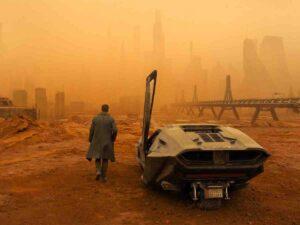(Updated on April 5, 2025) Denis Villeneuve’s Blade Runner 2049 (2017) is the long-awaited follow-up to Ridley Scott’s sci-fi cult classic, Blade Runner (1982). Scott’s original, loosely based on Philip K. Dick’s novel Do Androids Dream of Electric Sheep?, didn’t make much noise at the box office, but over time, it became the blueprint for the cyberpunk genre—and, for many critics, one of the greatest American films ever made. A sequel was first floated in the 1990s, but years of financing and licensing hurdles kept it out of reach. It wasn’t until February 2015 that things finally clicked: Denis Villeneuve would direct, and Harrison Ford would return as Deckard.
Unlike Star Wars or the Marvel Cinematic Universe, the Blade Runner world has always been a niche affair—too dark, too inward-looking to entertain everyone. But Philip K. Dick’s vision was something else entirely: a sharp, unsettling look at what it means to be human in a world increasingly shaped by technology.
The World of Blade Runner
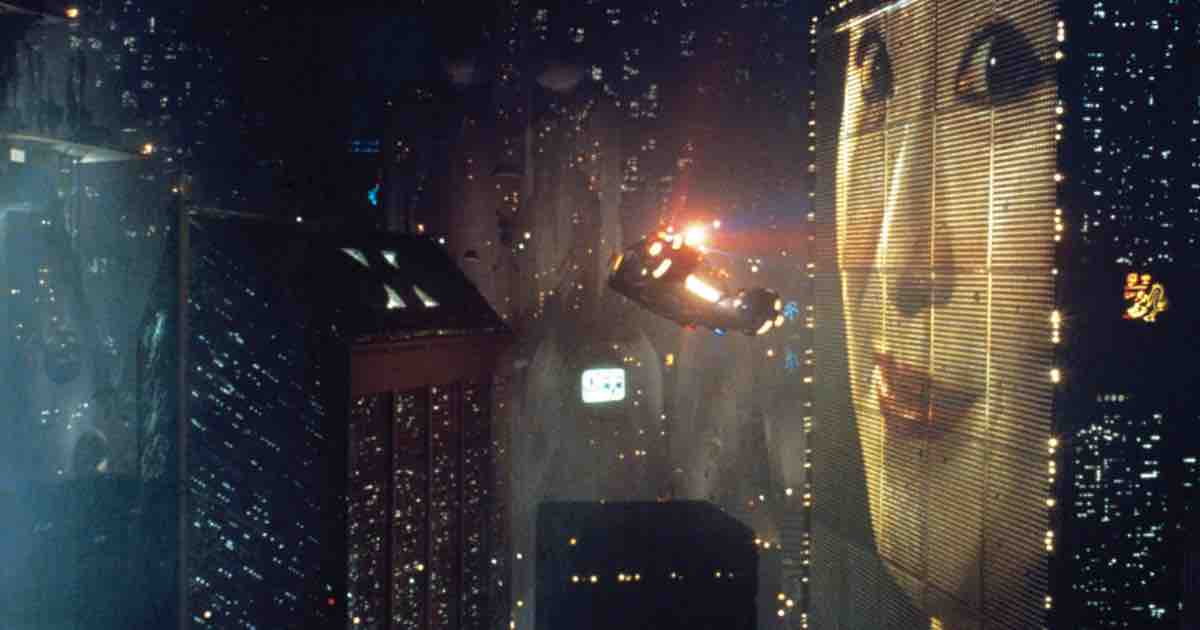
The film takes place in a dystopian 2019 California, where pollution chokes the cities and much of the human population has already fled to off-world colonies. At the center of this new order is the Tyrell Corporation, which manufactures bio-engineered humans known as Replicants. Designed for slave labor, the Replicants are the backbone of life beyond Earth. But as they begin to develop self-awareness—and, in some cases, emotions—some break free and make their way back to Earth.
To track them down, government-sanctioned bounty hunters are brought in. They don’t call it killing; they call it “retirement.” Since Replicants are nearly indistinguishable from humans, bounty hunters rely on a specialized empathy test, the Voight-Kampff Test, to identify them before carrying out their job. The term “Blade Runner” refers to these hunters.
The 1982 film centers on Los Angeles Blade Runner Rick Deckard, who is tasked with hunting down four fugitive Replicants. All of them belong to Tyrell Corporation’s highly advanced Nexus-6 line, engineered with a built-in lifespan of just four years. Along the way, Deckard encounters Rachael (Sean Young), an alluring Nexus-7 Replicant who has been given implanted human memories. As his journey unfolds, Deckard’s tough experiences force him to question the nature of identity—and the way Replicants are treated as commodities. In the end, he escapes Los Angeles with Rachael.
What helped Blade Runner endure as a sci-fi masterpiece was its striking vision of a future Los Angeles—a city awash in neon lights and towering digital billboards. Philip K. Dick was initially skeptical of a Hollywood adaptation. He disliked the early drafts of the script and, sadly, passed away shortly before the film’s release. But before his death, he saw a 20-minute test reel featuring Douglas Trumbull’s meticulously crafted special effects. Dick approved Scott’s vision, saying it was exactly like he imagined it.
30 Years Later
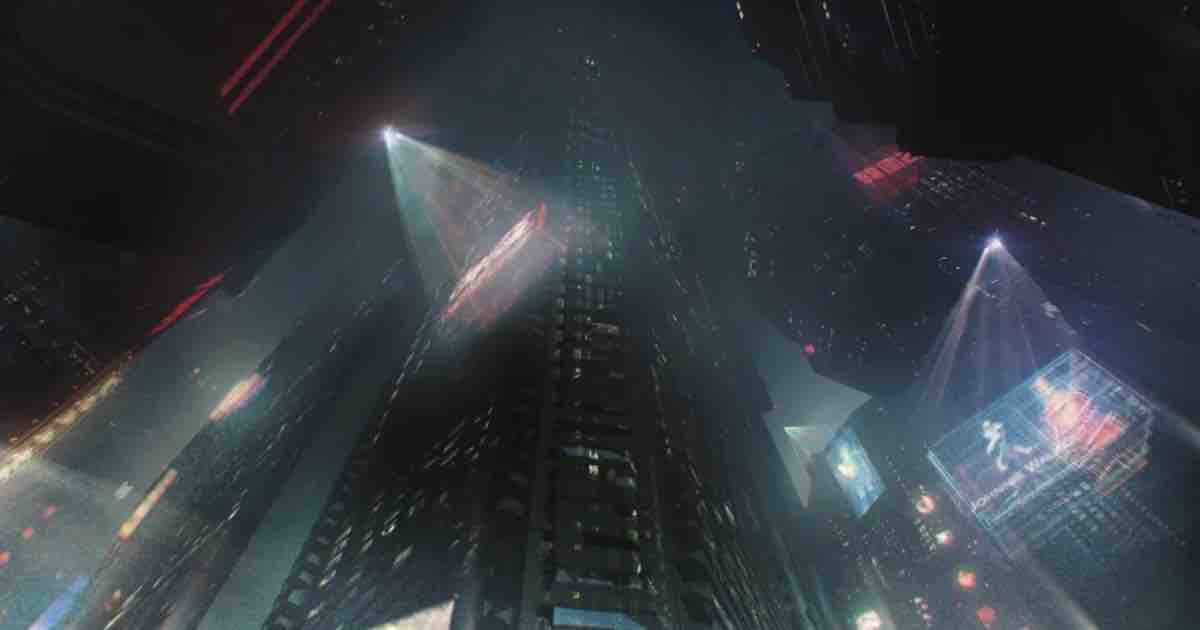
Blade Runner 2049 picks up 30 years after the events of the first film. Much has changed in that time and some of the events are hinted at in the narrative. Around 2020, Tyrell Corp rolled out a new Replicant model, the Nexus-8, with extended lifespans. But as Replicant rebellions grew, their production was eventually banned. In 2022, a Replicant-led EMP attack triggered a massive digital blackout, wiping out the database of the replicants. Soon after, Tyrell Corp went bankrupt.
By the mid-2020s, a powerful industrialist named Niander Wallace (Jared Leto) steps in to solve two of Earth’s biggest problems. With ecosystems in collapse, the planet was teetering on the edge of famine. Wallace’s breakthrough in synthetic farming pulls humanity back from the brink. He also acquires what’s left of Tyrell Corporation and begins manufacturing a new generation of obedient Replicants. Meanwhile, the surviving older Nexus-8 models—with their extended lifespans—are still being hunted down by the Blade Runners.
Unearthing Buried Bones and Memories
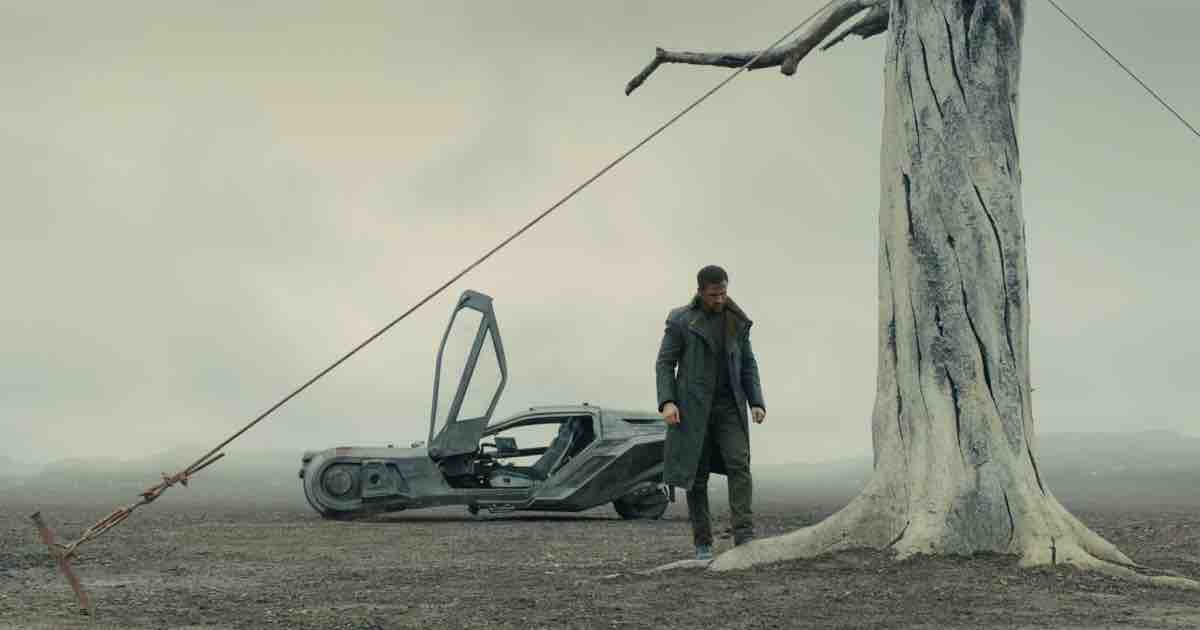
Like Ridley Scott, Denis Villeneuve delivers a visual spectacle, anchored by Roger Deakins’ Academy-Award winning cinematography in Blade Runner 2049 and and Dennis Gassner’s spellbinding production design. The story follows Agent K (Ryan Gosling), a Nexus-9 Blade Runner tasked with “retiring” the remaining Nexus-8 models. His mission leads him to Sapper Morton (Dave Bautista), a protein-farming Replicant. After a brutal fight, K kills him—but not before Morton hints at a miracle. Shaken, K uncovers a military-issued trunk buried beneath a dead tree. Inside, he finds a skeleton.
The analysis of the bones reveals that they belonged to a woman who died in childbirth nearly 28 years earlier. The real shock, however, is that the woman was a Replicant. Until now, Replicants were seen as synthetic beings, incapable of reproduction—a fact that reinforced their status as slaves. This discovery changes everything. If it becomes public, it could upend the social order. To prevent that, police chief Lt. Joshi (Robin Wright) orders Agent K to find the child and eliminate them. “The world is built on a wall that separates kind,” she warns. “Tell either side there’s no wall, you bought a war—or a slaughter.”
K is an obedient Replicant, but the idea of killing someone who was born unsettles him. Still, he has little choice but to follow orders. He lives in a world that openly discriminates against Replicants, where he’s routinely called the slur “skin-job.” Yet K clings to a version of normal life in his small apartment, and his emotions and desires are unmistakably human. Nowhere is this more evident than in his relationship with Joi (Ana de Armas), his holographic companion and lover.
K also shares a particular memory with his police chief, though he knows it’s likely an implant. In it, he’s chased by bullies through an orphanage, trying to protect a small wooden pony. He hides the toy under an ash heap inside a giant, unused furnace. One detail stands out: the date carved into the bottom of the pony matches the rumored birthdate of the child he’s been ordered to find. K keeps that information to himself. It could easily be another implanted memory—but what if it isn’t? What if he’s more than he’s been led to believe?
The God and His Angel
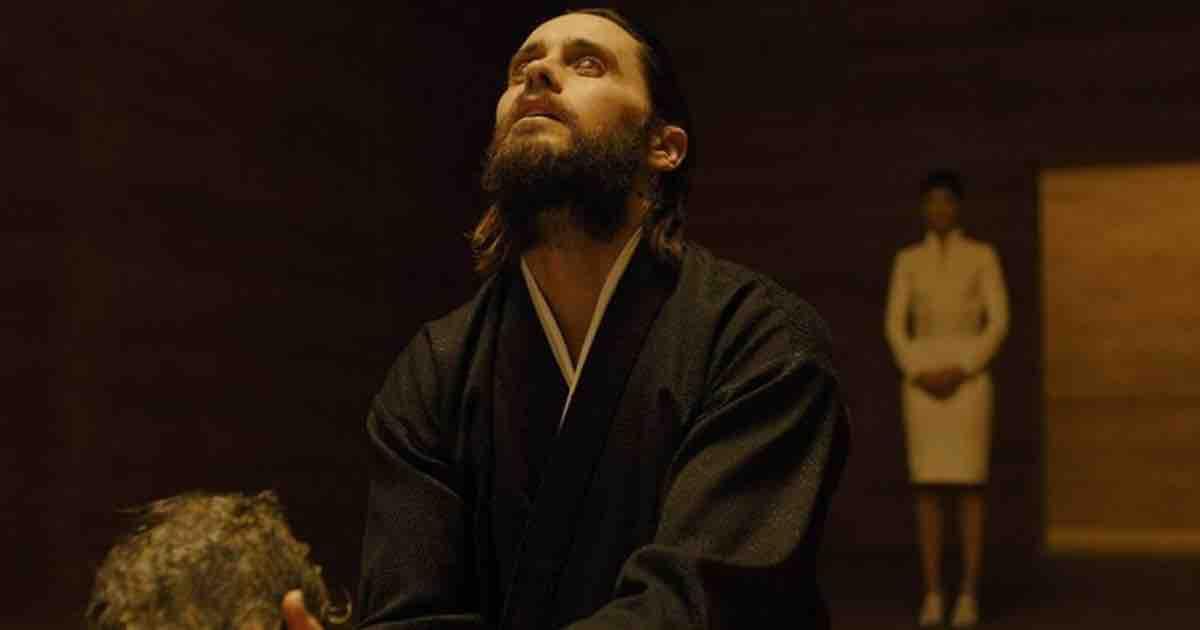
K’s investigation leads him to the headquarters of Wallace Corporation, where he meets Luv (Sylvia Hoeks), Niander Wallace’s personal assistant and a fellow Replicant. She escorts him to the company’s archives, and K’s suspicions are confirmed: the skeleton belongs to Rachael. Most of her records were lost in the blackout, but K listens to fragments of Deckard’s old Voight-Kampff test with her. Wallace, who has long suspected that Eldon Tyrell (before his death at the hands of Roy Batty) gave the Nexus-7s the ability to reproduce, now knows it for certain. And with his towering ambition and God Complex, Wallace is determined to claim the heir for himself.
Niander Wallace dreams of expanding humanity’s reach across space, a vision he believes is only possible through the slave labor of Replicants. But the current manufacturing process is slow and limited. To scale it up, Wallace needs Replicants that can reproduce naturally. How he plans to control a species capable of reproduction is left unanswered—and hints suggest his true intentions may be far more sinister, though they’re not fully revealed in this sequel. In the meantime, Wallace orders his most trusted creation, Luv, to find the heir before K does. Believing herself to be an infallible angel, Luv carries out her mission with ruthless efficiency, killing anyone in her way—including the police chief.
The Proof and the Bad News
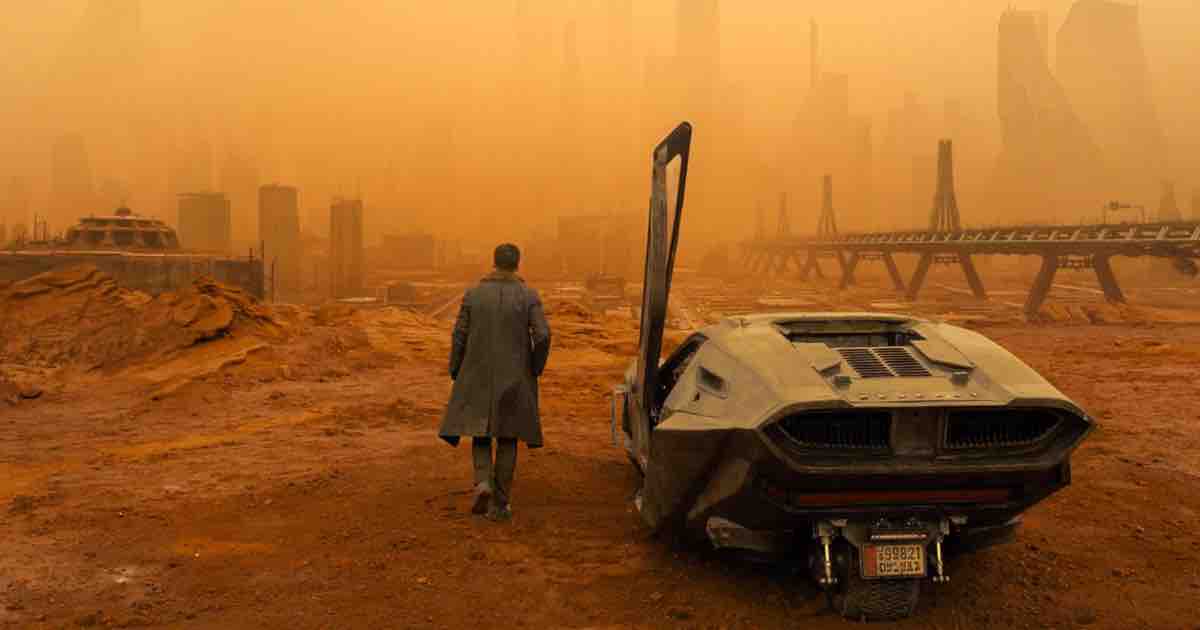
K’s holographic companion, Joi, is thrilled by the idea that he could be more than just a Replicant. She gives him a name—Joe. Joe’s search for the child leads him to Morrill Cole’s Orphanage, a place that feels unsettlingly familiar. It’s the same place he remembers from his implanted memories. At the orphanage, he discovers that all records from 2021 have been wiped. Still, driven by the fragments of his memory, Joe finds his way to the old, unused furnace.
To his shock, Joe finds the wooden pony—and engraved on its bottom is the date: 6-10-21. Now, he’s almost certain he’s the heir. Still, he seeks confirmation from Dr. Ana Stelline (Carla Juri), a genius creator of synthetic memories. Ana, who suffers from a rare autoimmune disease, lives in isolation inside a large sealed chamber. She explains that implanting a real human memory into a Replicant is illegal. As she reviews Joe’s memory, her eyes well up. She tells him it’s real.
The proof shakes Joe. But before he’s hunted down, he wants to meet one person: Rick Deckard. Analyzing the wooden pony reveals that it originated in Las Vegas. The pony carries traces of the radioactive isotope Tritium. At some point before 2019, a dirty bomb had detonated in the Blade Runner universe’s version of Las Vegas, leaving the city uninhabitable due to radiation.
Arriving in the abandoned Las Vegas desert, bathed in an eerie orange haze, Joe discovers the radiation has faded, though signs of life are still scarce. He finds Deckard living inside an old, crumbling hotel. After an elaborately staged scuffle, the two finally sit down and talk—about the child born to Rachael and Deckard.
Deckard reveals that he never even knew the sex of his child. To protect the secret, he entrusted the child’s safety to a group of Nexus-8 fugitives and went into hiding. Their conversation is cut short by Luv’s violent arrival. She kidnaps Deckard and knocks Joe unconscious. In the process, she also destroys Joe’s memory stick, erasing his version of Joi. But unbeknownst to Luv, a tracker hidden in Joe’s pocket leads a group of rebellious Replicants to his location.
The leader of the community, Freysa (Hiam Abbass), tells Joe that the Replicants are preparing to rise up against their oppressors. The truth about the child, she says, makes them “more human than human.” In the process, she also delivers a hard blow: the child was a girl and that she herself witnessed the ‘miracle’.
The Noble Human Gesture
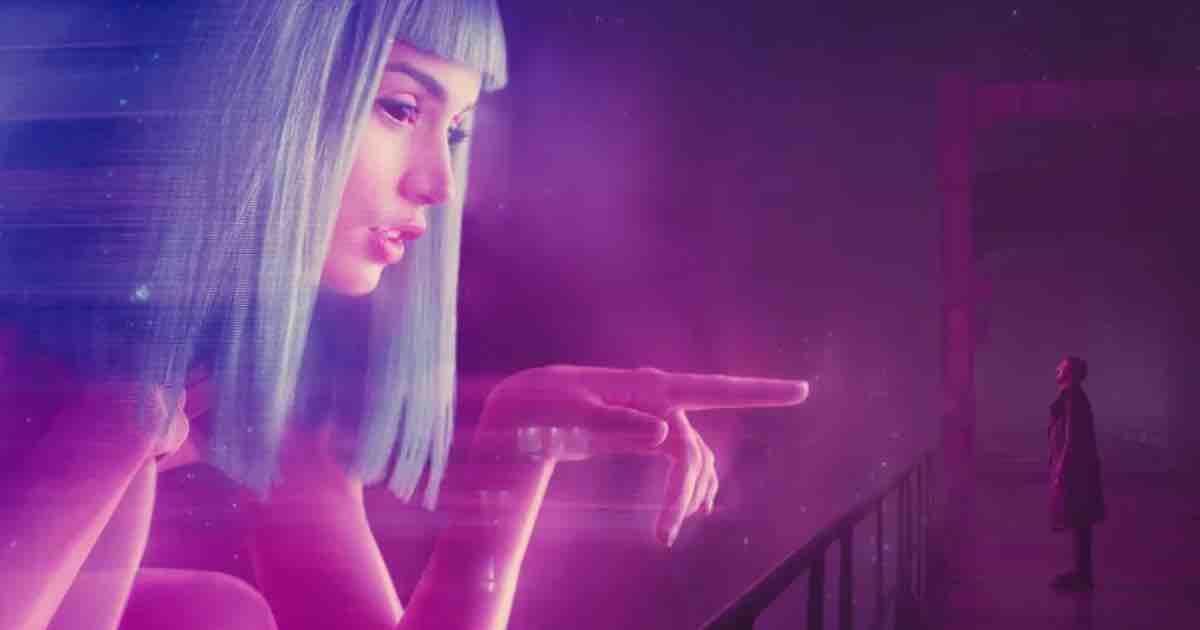
Freysa asks Joe to kill Deckard before Wallace can torture him. Disillusioned, Joe wanders back toward his apartment and encounters a giant, naked holographic ad for Joi. “You look like a good Joe,” the seductive figure croons. Joe is left to wonder: Was everything in his life just an illusion designed to soothe his artificial existence? Is there any real purpose to it at all? Emotionally and physically battered, he’s left to wrestle with the questions.
Yet deep down, Joe knows that the emotions he holds back make him as human as any real person. He also finally understands the truth behind his memories of the wooden pony—and the reason for Ana’s tears. The memories were hers. She is the child of Rachael and Deckard.
With that realization, Joe finds a new purpose. He launches a suicide mission to save Deckard, who is about to be taken to an off-world colony by Wallace Corporation. Joe intercepts the spinner transporting Deckard and engages Luv in a brutal hand-to-hand fight. But instead of following Freysa’s order to kill Deckard, Joe chooses his own path. He brings Deckard to meet his daughter, Ana. In doing so, Joe—a Replicant—exercises free will and commits a selfless act. As Deckard steps tentatively into Ana’s lab, Joe lies back on the snow-covered steps, waiting for death.
Blade Runner 2049 Analysis
The Tortured Male Gaze and Lack of Agency
In the futuristic world of Blade Runner 2049, the pervasive male gaze reveals much about the underlying misogyny and the treatment of women. Across the story, most female characters are stripped of real agency. Luv, for instance, is programmed to be a killer. Though we catch glimpses of inner conflict—she even sheds tears—she is brutal because that’s what Wallace demands of her. Joi, the holographic companion, is designed purely to express love and offer comfort. But Joi claims some agency for herself, when she chooses to show her desire and love for Joe.
In one tender and unsettling scene, Joi hires a sex worker named Mariette to be intimate with Joe. It’s worth noting that Mariette is paid to set aside any agency of her own. Villeneuve doesn’t show anything explicit; instead, before cutting away, he lingers on a brief, disorienting image of Joi’s hologram and Mariette’s real body slipping out of sync as they caress Joe—an eerie reminder of how unnatural their connection really is.
At the same time, while Joi is trapped in the role of the coy seductress, Joe is programmed to be the obedient Blade Runner. But in this moment, Joe’s tortured gaze finds a kind of catharsis as he sees Joi express a genuine desire to be loved. It’s what gives the scene its tenderness and intimacy. Their feelings seem real, even if they’re ultimately built from code.
Simulated or Real?
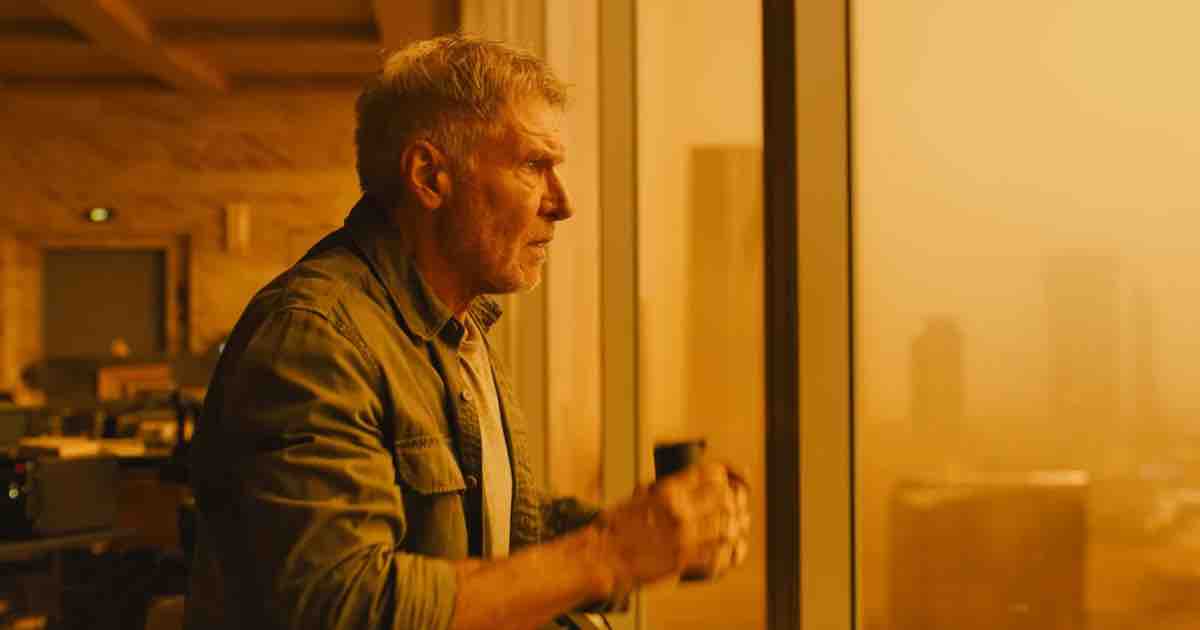
In a world overrun by technology, the line between what’s real and what’s simulated is always in question. Despite the emotions we project onto Joi, she is, at her core, a virtual reflection of human—or Replicant—desires. Is Joi simply Joe’s external projection of his own craving for love and validation? In virtual spaces, after all, we often fill the void with our own dreams and fantasies. Joi might be nothing more than a mix of brilliant programming and the user’s fantasies.
But the nagging question remains: was there more to Joi’s relationship with Joe? As mentioned earlier in the threesome scene, there’s a genuine sense of love and intimacy between them.
Yet when Joe loses his virtual companion and later encounters Joi as a giant, pink holographic ad, the dynamic shifts. The words, “You look like a good Joe,” land with a bitter aftertaste. In the end, screenwriters Hampton Fancher and Michael Green leave it up to the viewers to decide how much of Joi was real and how much was programmed. Villeneuve and his writers offer no clear answers, suggesting instead that it all comes down to perception.
When Joe meets the aging, isolated Deckard, he notices a dog by his side. Joe asks if the dog is real or artificial. Deckard shrugs: he doesn’t know, and he doesn’t care. The dog follows him, stays with him—and that’s what matters. Later, Wallace tries to manipulate Deckard by presenting him with a near-perfect replica of Rachael. But Deckard refuses the offer because it feels wrong, inauthentic. The same idea runs through Joe and Joi’s relationship. In the end, it’s all about perception—what feels real is what matters.
Subverting “The One” Narrative Trope
One of the most familiar narrative tropes in Hollywood and popular culture is the idea of the “chosen one.” Luke Skywalker in Star Wars, Harry Potter, and Neo in The Matrix are just a few examples. Stories often build massive conflicts around these characters, revealing that they are destined for greatness. You could argue it’s a powerful storytelling tool—one that’s been around long before the days of Christ.
In fact, it’s a feeling that lives inside all of us. Our ego pushes us to believe that our existence has a larger purpose. And sometimes, that belief drives us to achieve great things. But it’s just as important to recognize that we aren’t the center of every story. A lot in life is beyond our control. From a rational perspective, it’s also unrealistic to expect any one person, no matter how powerful, to single-handedly fix our vast and broken social systems.
Blade Runner 2049 briefly lets us believe it’s all about K—or Joe—and his journey toward realizing some hidden potential. But Joe eventually comes to terms with the truth. There may not be a grand, larger purpose to his existence, but he finds a purpose and fulfills it. He isn’t “the one.” Yet his final, selfless act could very well spark a much bigger change in the ongoing conflict between humans and Replicants.
Is Deckard a Replicant?
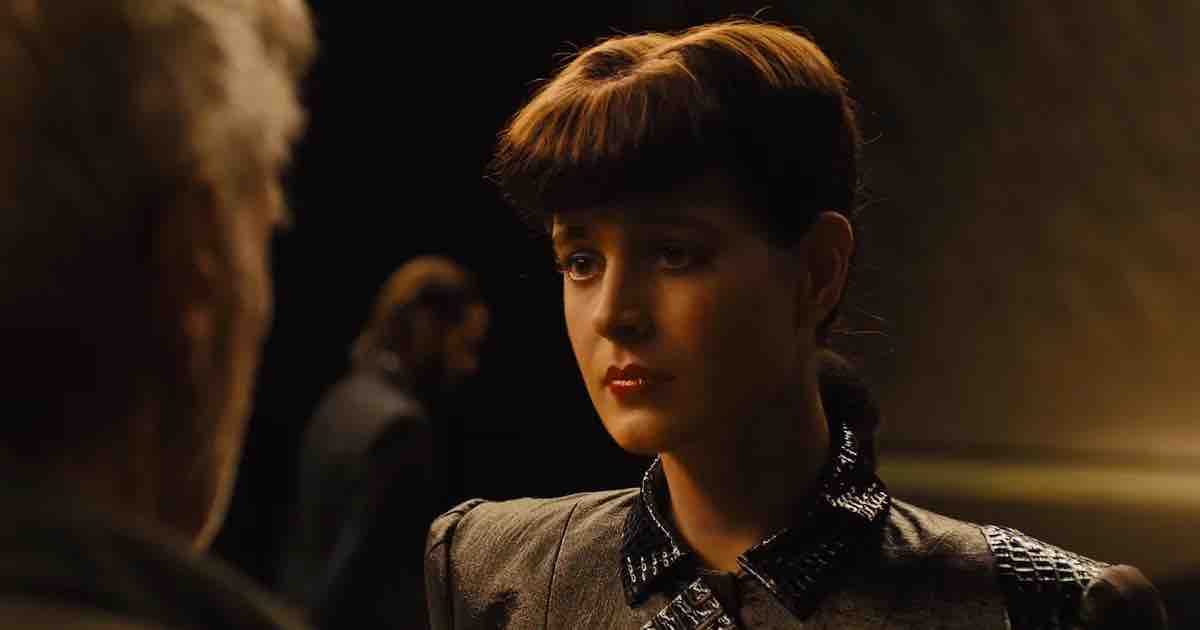
Ridley Scott’s Blade Runner reveals little about Rick Deckard’s background, which led to the popular theory that Deckard might be a Replicant. One clue is a dream Deckard has involving a unicorn. His brooding, silent partner, Gaff (Edward James Olmos), has a habit of making origami figures, and at the end of the film, he leaves behind an origami unicorn—hinting that he somehow knows about Deckard’s dream. How would he know? Maybe because it was an implanted memory. Still, the film never gives a definitive answer about Deckard’s true identity.
Blade Runner 2049 doesn’t settle the question either, though it hints that Deckard could be a Nexus-7 Replicant like Rachael. During an interrogation at Wallace’s pyramid-like headquarters, Wallace suggests that Deckard might have been designed specifically to fall in love with Rachael and produce an offspring. Of course, Wallace could simply be trying to provoke Deckard by calling him a Replicant puppet, created to serve a single purpose.
Wallace clearly has ulterior motives. He wants to unlock the secret of the Nexus-7 models, who were gifted with the ability to reproduce—a secret lost during the blackout of 2022. He’s also determined to uncover the identity of Deckard and Rachael’s child. Leaving the answer open-ended is a smart choice, adding another layer of mystery to Ana. Is she a hybrid of human and Replicant? Or simply a Replicant who was born, not made in a lab?
Final Thoughts
Denis Villeneuve brilliantly expands the Blade Runner universe, even if the sequel leaves a few big questions unanswered. At its core, it’s the story of a man who chooses to be part of something larger than himself. In the haunting final shot, we see the end of his heartbreaking journey. But there’s still so much more left to explore in the world of Blade Runner.
Like the original, Blade Runner 2049 struggled at the box office. Still, this intelligent, slow-burn sci-fi sequel is steadily building a loyal following. Thankfully, a sequel series titled Blade Runner 2099 is in the works at Amazon Studios, with Ridley Scott involved. Can’t wait!

